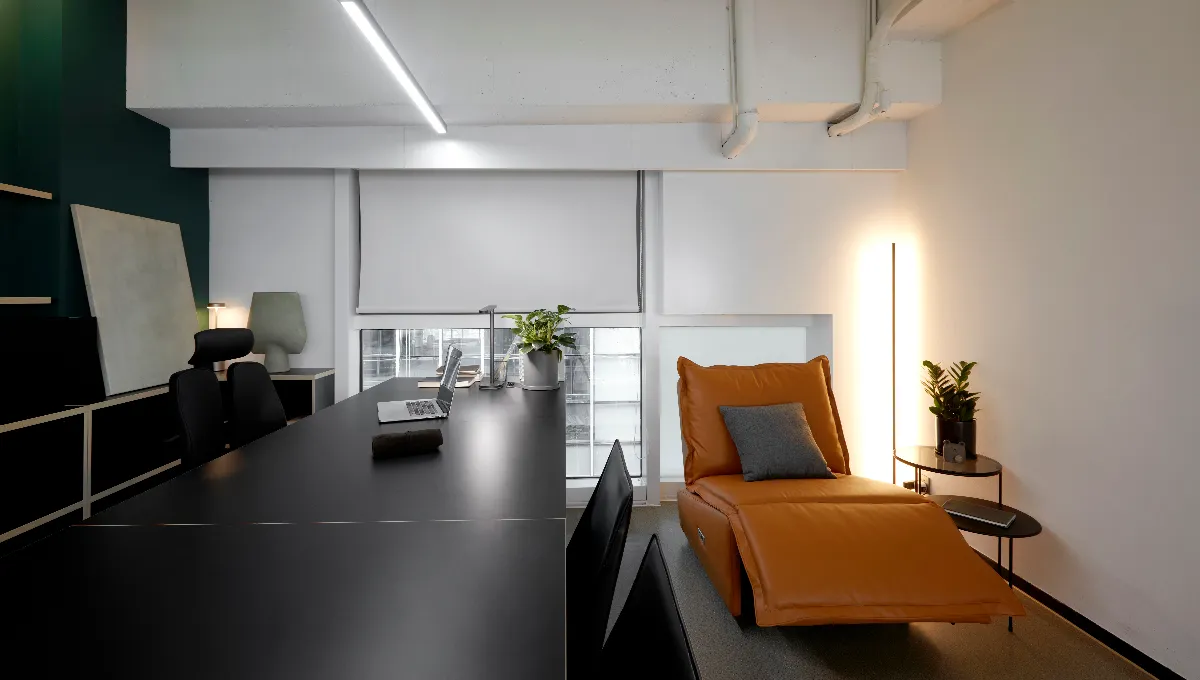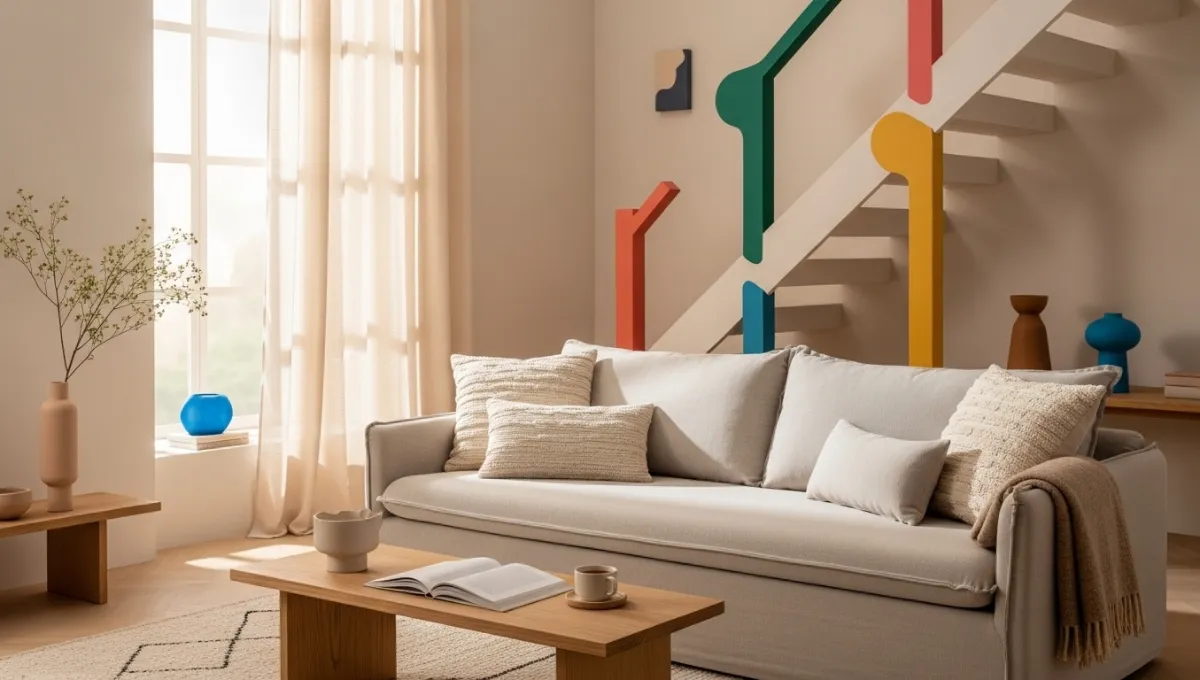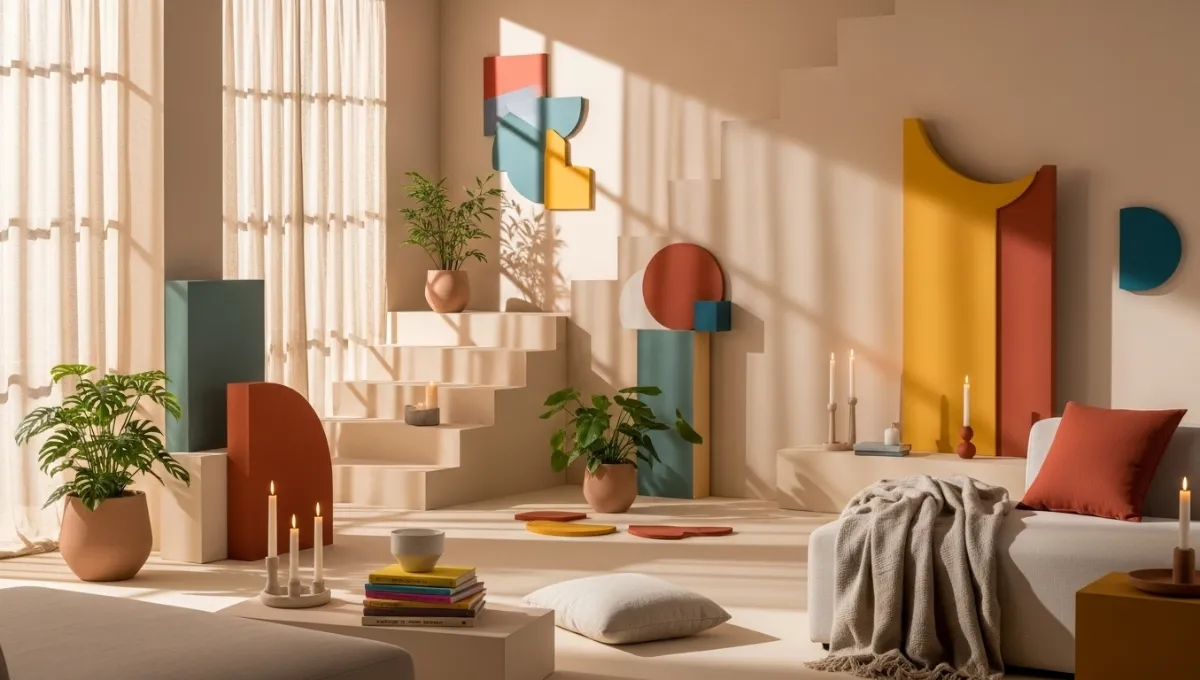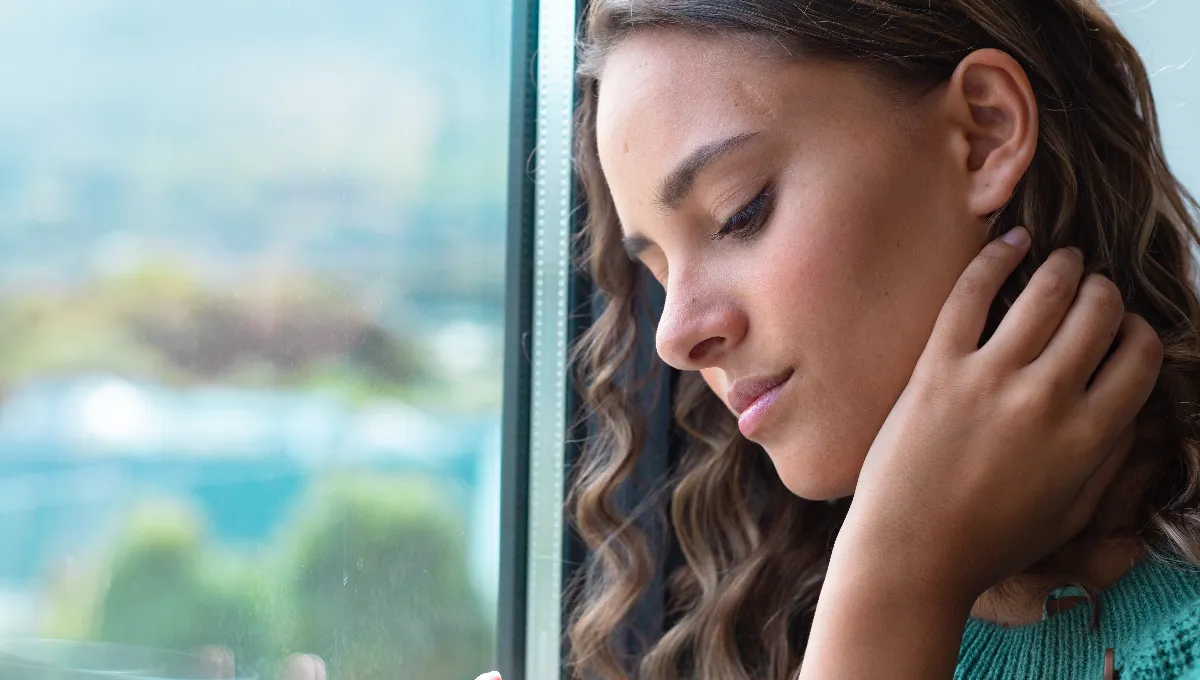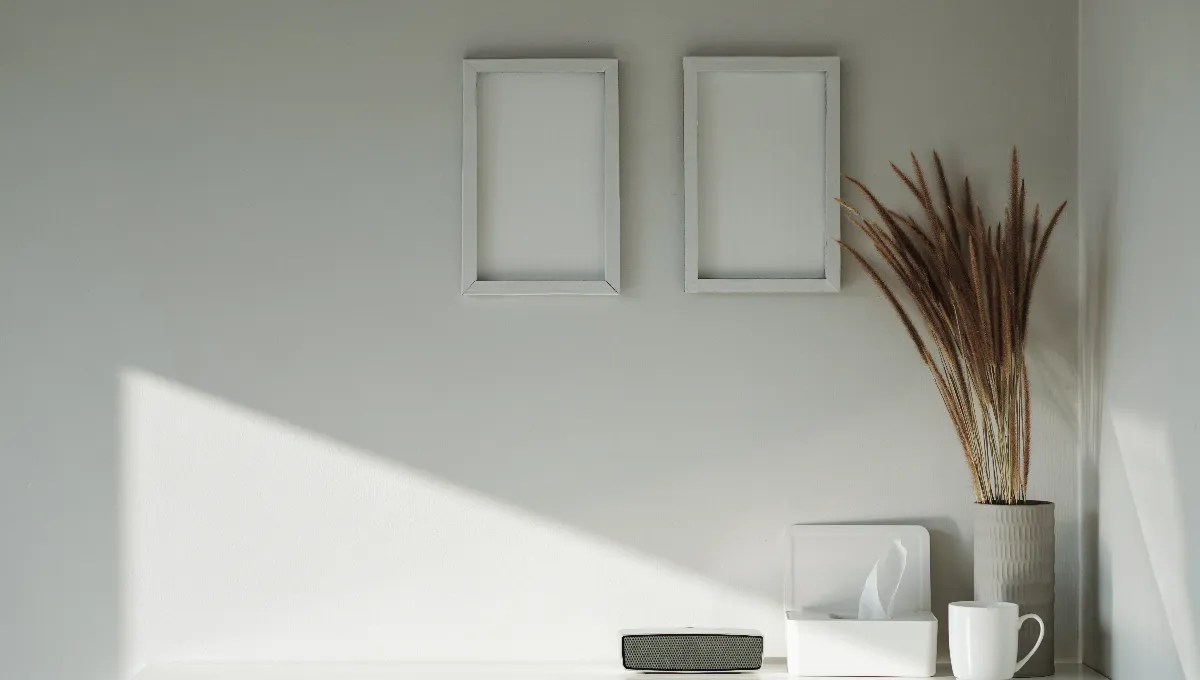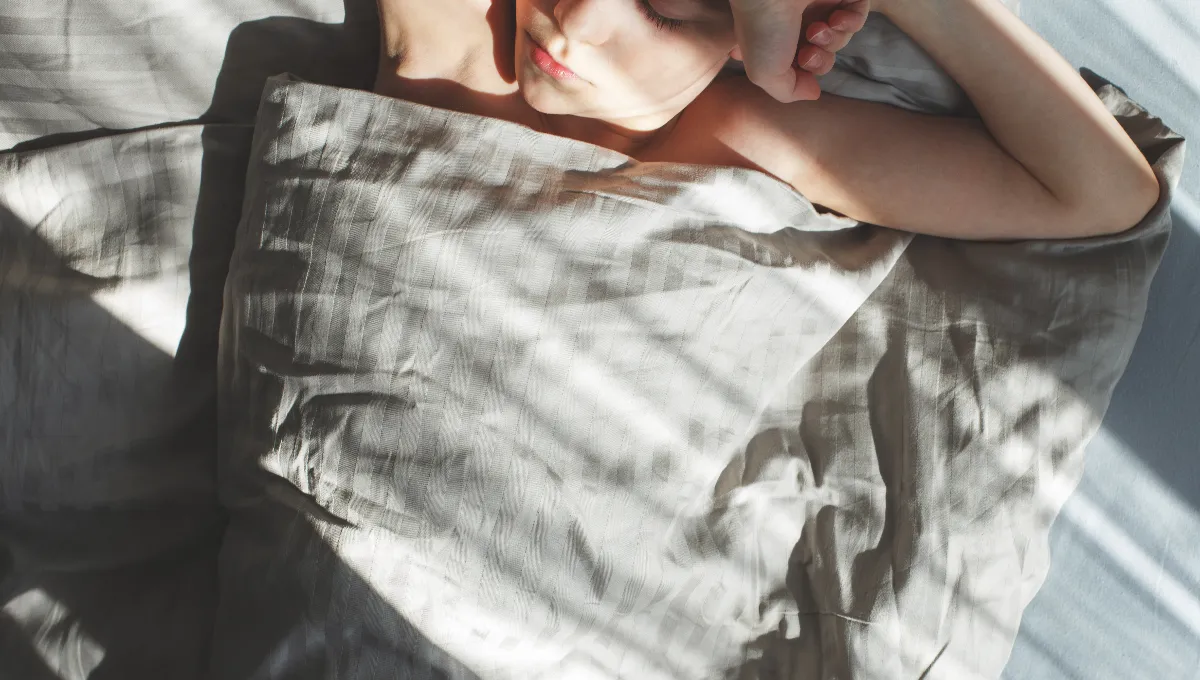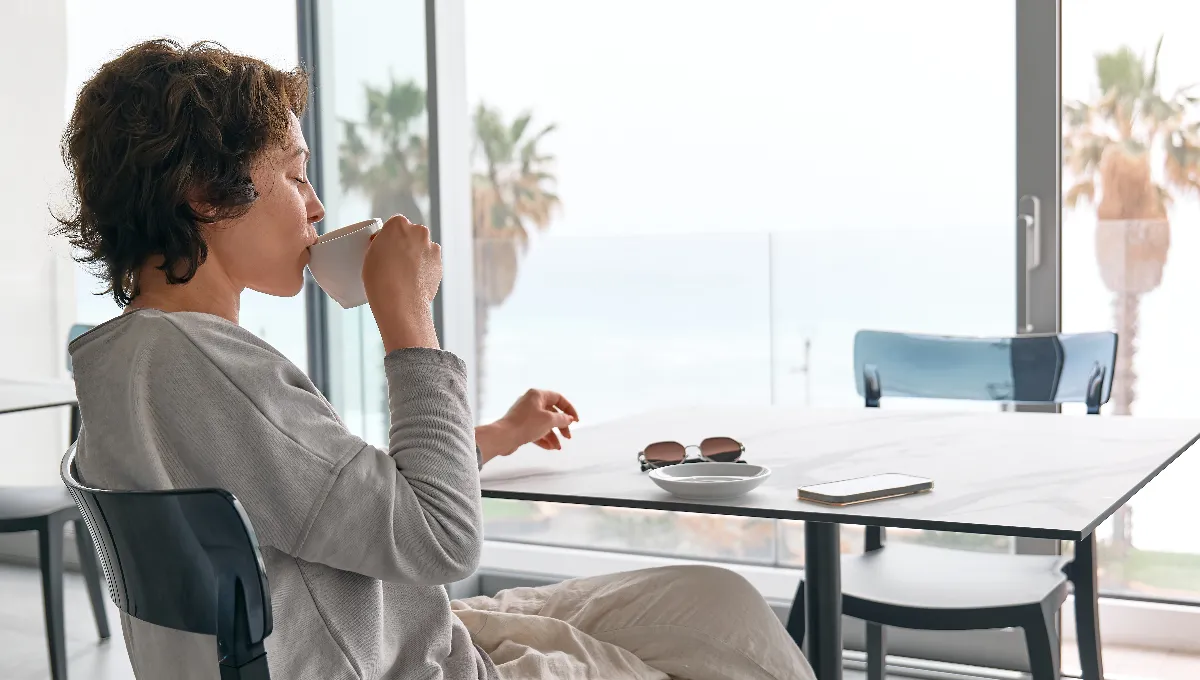In 2025, home design has become something deeper than style — it has become a form of self-care. Across the country, people are rethinking their spaces not to impress, but to restore. After years of noise, stress, and constant connection, the new luxury is silence. The emerging “healing home” movement is less about perfection and more about peace — a return to interiors that support emotional well-being.
This is not minimalism in its cold, clinical form. It’s warmth, texture, and intention. It’s about creating a home that feels like an exhale — one that welcomes you instead of demanding more from you. Every color, material, and sound now has emotional purpose. A calm home creates a calm mind.
The shift began quietly. Designers noticed that clients no longer asked for statement pieces; they asked for spaces that feel safe. Homeowners wanted interiors that help them breathe. Beige, sand, and soft white replaced gray. Linen, wool, and clay began to take the place of glass and chrome. Texture became the new ornament.
A healing home does not strive for perfection. It celebrates imperfection — the wrinkled linen sheets, the half-read book, the candle wax dripping onto the table. These traces of real life make the space human. They whisper: you are allowed to rest here.
The calm aesthetic that now defines modern interiors blends design with psychology. Light, scent, and sound are treated as essential materials. The placement of a chair near a window, the rhythm of natural light through linen curtains, or the faint smell of cedar in the air — all shape the nervous system as much as furniture does.
Soft lighting replaces harsh spotlights. Natural fabrics take over from synthetics. Every element aims to reduce overstimulation and return the body to equilibrium. The result is not emptiness, but harmony — a visual and emotional balance that gently restores energy.
At the center of this movement is nature. Indoor greenery, stone textures, and organic shapes bring grounding energy. Wooden bowls, ceramic vases, and hand-woven textiles replace mass-produced decor. People are drawn to materials that feel honest — you can see the touch of the maker in them.
This natural influence goes beyond aesthetics. It’s a way to reconnect with something steady and timeless. When the outside world feels unpredictable, an earthy, tactile environment anchors you. A clay mug in your hands, sunlight on unfinished wood — these tiny details create a kind of everyday therapy.
The new calm interior is emotional design.
It’s about asking not “Does it look good?” but “How does it make me feel?”
For many, the home has become the most personal wellness space. Small rituals — making tea, lighting incense, reading quietly by a window — turn design into mindfulness.
One designer described it perfectly: “We’re no longer decorating rooms. We’re regulating moods.”
That philosophy is spreading fast. Homes are being arranged around sensory comfort: sound bowls instead of televisions, ambient light instead of overhead glare, soft fabrics instead of sharp lines. Stillness is the new status symbol.
Even architecture is adapting. Open plans are giving way to quiet corners and nooks for restoration. These are the “slow zones” of a home — spaces designed to slow breathing and encourage stillness. A single armchair by a window can become a refuge. A bench near the garden can be an anchor point in the day.
The home becomes a living organism, not a showroom. It evolves with its owner’s needs, moods, and rhythms. The goal is not to escape reality, but to soften it.
There’s a quiet rebellion behind all this softness. The healing-home aesthetic is a reaction against overstimulation and consumerism. It rejects the idea that more equals better. It asks us to live intentionally — to keep only what nourishes us.
Decluttering, once a productivity trend, is now an emotional detox. Fewer objects mean fewer decisions. A tidy shelf becomes a form of meditation. The result isn’t sterile minimalism; it’s emotional spaciousness — room to think, to rest, to just be.
Sustainability plays a natural part in this evolution. Conscious consumers are choosing recycled woods, local artisans, and vintage finds over disposable decor. Handmade ceramics, imperfect pottery, and natural dyes are celebrated not for flawlessness, but for character.
The healing home values story over symmetry. Each object carries a memory, each imperfection a touch of life. It’s an aesthetic rooted not in wealth, but in awareness — a design language of empathy and presence.
Ultimately, this movement isn’t about design at all. It’s about what design makes possible.
A calm home doesn’t exist for display; it exists for healing.
It’s where the nervous system resets, where chaos fades, where the day finally exhales.
As the pace of life accelerates, creating calm is no longer indulgence — it’s survival. The new question for modern living isn’t “What’s trending?” but “What feels right?”
Because when your home becomes quiet enough to hear yourself think, you realize peace was never out of reach — it just needed a place to live.
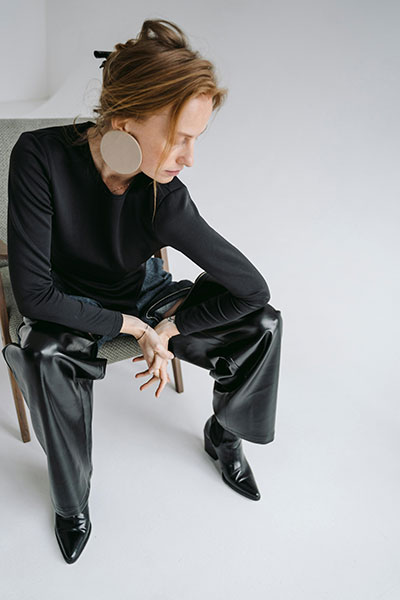
Grace Whitmore is a beauty and lifestyle editor at Nestification, exploring the intersection of modern femininity, quiet luxury, and emotional design. Her work focuses on how aesthetics, mindfulness, and self-expression shape today’s idea of calm confidence — where beauty becomes a state of mind.
Based in New York · [email protected]


